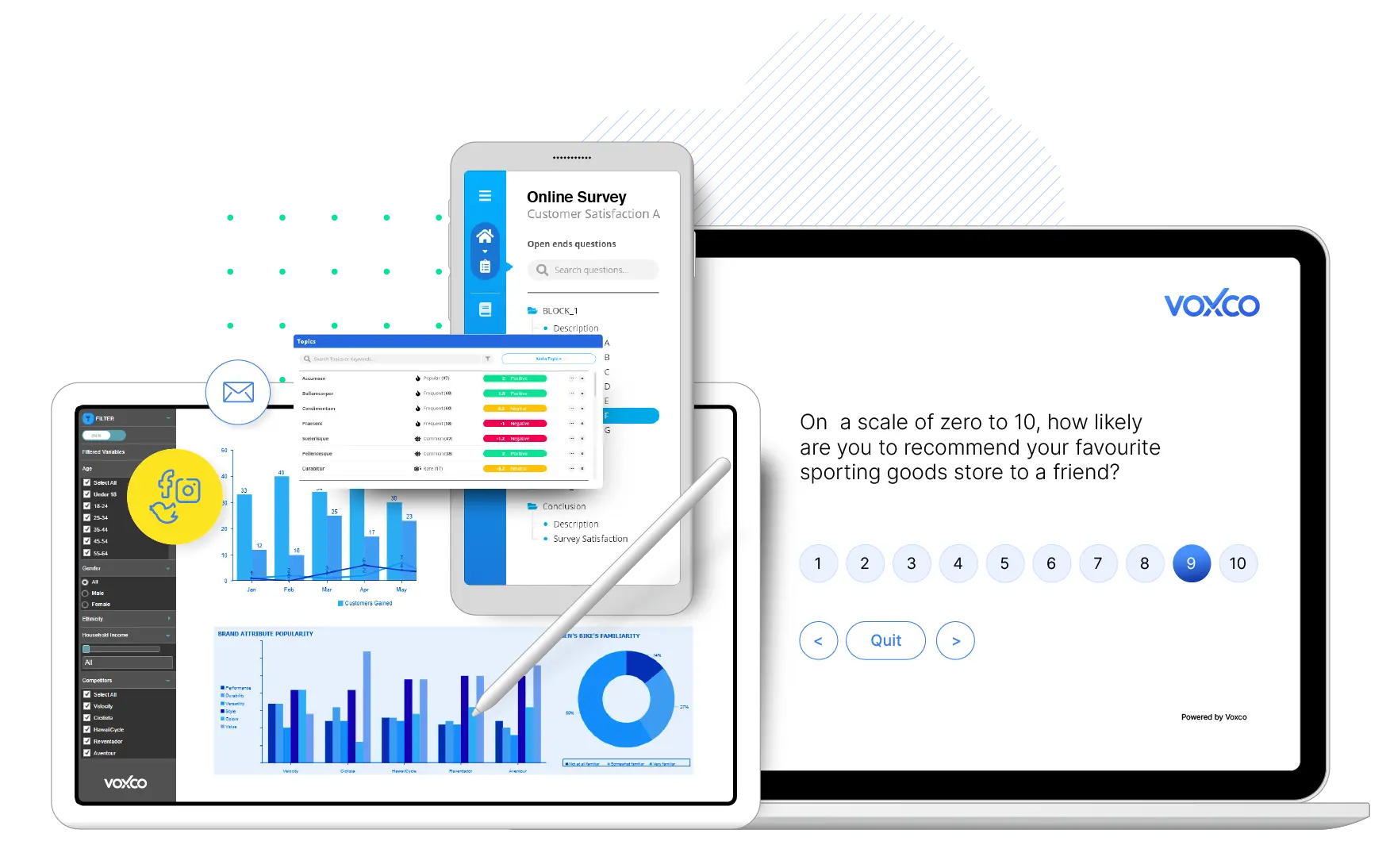Formal vs Informal assessment: differences and similarities
Assessment is referred to equally assessing someone or something. Teachers utilize assessments on students regarding their test performances, behaviours and overall performance.
Well, teachers tin choose formal assessment or informal assessment depending on the situational need. Though, to make improve use of both of these, ane needs to understand the deviation and similarities between both formal and informal assessments.
Get marketplace research trends guide, Online Surveys guide, Agile Market Research Guide & 5 Marketplace research Template
This is a grad based assessment where teachers used grading system to evaluate the students' performance.
Formal assessment utilise multiple information-driven methods that teachers use to evaluate students, like: norm-referenced and criterion-referenced.
Breezy assessment method is an intuitive assessment method where in teachers do not evaluate pupil performances on some form or metrics. Rather they focus on observing students' performances and progress at dissimilar stages of their learning time frame.
Informal assessments are conducted using various forms of evaluations. Example: a teacher may ask her students to summarize their learnings at the end of the twenty-four hours. She can then understand how much the students have understood the topics.
Some other way for teachers to evaluate educatee performance through breezy assessment is that, the instructor tin can ask students to make full out an exit survey, with close-ended questions where students can express their understanding and doubts regarding their learnings.
Informal cess is dependent on how a teacher wants to deport information technology and provides immediate feedbacks from students.
| Features | Formal assessment | Informal assessment |
| Definition | Formal cess refers to a grading system based evaluation to monitor student's cognition. | Informal assessment refers to a method of pupil evaluation that does not have whatever standard grading criteria. |
| Types | Norm-referenced: instructor measures students' operation based on their boilerplate performance in class. Benchmark-referenced: student'due south operation is evaluated individually. | Q uizzes, writing samples, and project-based assignments, presentations, etc. |
| Examples | Tests, quizzes, surveys, and questionnaires. | Exit surveys, ascertainment, and oral presentations. |
| Uses | When teachers want to measure student'due south performance based on specific standards or criteria. | When teachers want to have firsthand feedback on the student'southward knowledge and so far. |
| Advantages | - Minimum chances of examiner bias due to criteria standards.
- Makes students pay more attending in classes.
- Acts every bit a pass for students to movement further with the adjacent learning stages.
| - Teachers have better look at students' learning abilities.
- They tin observe performance at various learning stages.
- Gives a chance for improvements.
- Allows students to approach a bailiwick from various angles.
|
| Grading organisation | Uses a rubric or standard assessment criteria. | Teachers use students' past performances to judge their contempo performance. |
| Purpose | To know pupil's overall functioning at the end of the learning procedure. Teachers sometimes compare students' performances with each other. | To runway student's learning progress and any doubts or difficulties they face up. |
| Telescopic | - Provides a broader view of student knowledge.
- Evaluate the functioning at surface level to assign a grade or score in the cease.
| - Provides a narrow but detailed view of student knowledge.
- Focuses on individual student improvements.
- Teachers tin modify their teaching methods according to students' performance from time to fourth dimension.
|
| Flexibility | Information technology is controlled past the instructor and they can change it based on individual student requirements. | It has a pre-defined method of evaluation and instructors have no control over it. |
| Score comparison | Students' performances are used to compare with other students in the same form or historic period group. | Students' performances are compared to their own performances from the past. Hence, it is an individual assessment. |
See Voxco survey software in action with a Free demo.
- Instructor feedback – both of the assessment methods allow the teacher to give their feedback on the student's performance. In the example of formal assessment, the feedback is general (grade, score, marks) and is sent to students without whatsoever personal notes or suggestions. In the case of informal assessment, equally it is an individual assessment, instructors tin can requite personal feedback to the students and propose them in person.
- Educational assessment – educational systems use both these types of assessment to measure students' performance in their academics, and and then decide how to mould the learning process for them.
- Instructional needs – depending on the results from formal and informal assessments, educational stakeholders can further decide to make the changes regarding the learning process, grading system, assessment criteria, bookish curriculum, etc.
Explore all the survey question types
possible on Voxco
Research Panel Recruitment Transform your insight generation process Use our in-depth online survey guide to create an actionable feedback drove survey p ...
Global research firm labels Voxco Online 'best value in the industry'. The ClientFrost & Sullivan is i of the industry's premiere growth part ...
Social Research SHARE THE ARTICLE ON Share on facebook Share on twitter Share on linke ...
Des enquêtes panélistes aident les stations radio à prendre la tête des chartes musicales.Le clientCogeco, société primée dans le secteur des média ...
perdriaupribill.blogspot.com
Source: https://www.voxco.com/blog/formal-vs-informal-assessment-differences-and-similarities/








